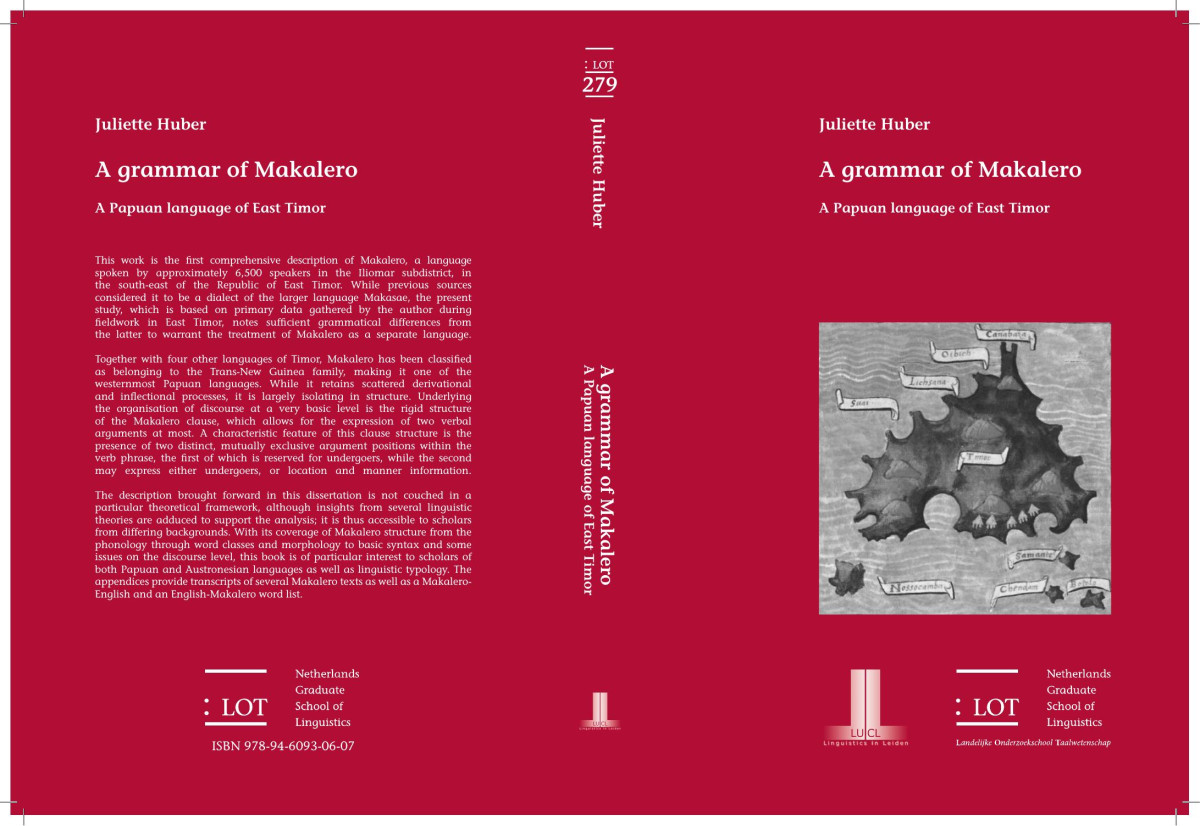

Most ebook files are in PDF format, so you can easily read them using various software such as Foxit Reader or directly on the Google Chrome browser.
Some ebook files are released by publishers in other formats such as .awz, .mobi, .epub, .fb2, etc. You may need to install specific software to read these formats on mobile/PC, such as Calibre.
Please read the tutorial at this link: https://ebookbell.com/faq
We offer FREE conversion to the popular formats you request; however, this may take some time. Therefore, right after payment, please email us, and we will try to provide the service as quickly as possible.
For some exceptional file formats or broken links (if any), please refrain from opening any disputes. Instead, email us first, and we will try to assist within a maximum of 6 hours.
EbookBell Team

4.4
72 reviewsspoken by approximately 6,500 speakers in the Iliomar subdistrict, in
the south-east of the Republic of East Timor. While previous sources
considered it to be a dialect of the larger language Makasae, the present
study, which is based on primary data gathered by the author during
fieldwork in East Timor, notes sufficient grammatical differences from
the latter to warrant the treatment of Makalero as a separate language.
Together with four other languages of Timor, Makalero has been classified
as belonging to the Trans-New Guinea family, making it one of the
westernmost Papuan languages. While it retains scattered derivational
and inflectional processes, it is largely isolating in structure. Underlying
the organisation of discourse at a very basic level is the rigid structure
of the Makalero clause, which allows for the expression of two verbal
arguments at most. A characteristic feature of this clause structure is the
presence of two distinct, mutually exclusive argument positions within the
verb phrase, the first of which is reserved for undergoers, while the second
may express either undergoers, or location and manner information.
The description brought forward in this dissertation is not couched in a
particular theoretical framework, although insights from several linguistic
theories are adduced to support the analysis; it is thus accessible to scholars
from differing backgrounds. With its coverage of Makalero structure from the
phonology through word classes and morphology to basic syntax and some
issues on the discourse level, this book is of particular interest to scholars of
both Papuan and Austronesian languages as well as linguistic typology. The
appendices provide transcripts of several Makalero texts as well as a MakaleroEnglish and an English-Makalero word list